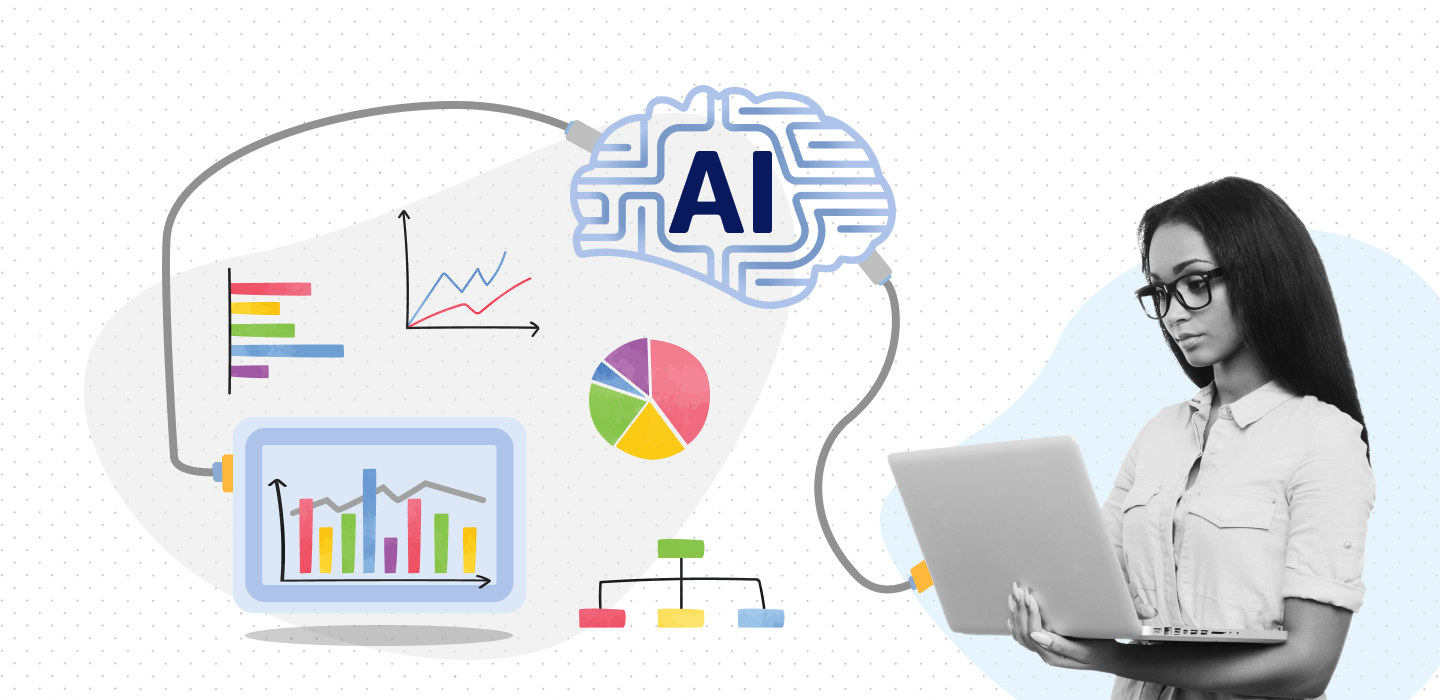August 23, 2023 Unleashing the Power of Generative AI: Transforming Work with ChatGPT, GitHub Copilot, and DALL-E
New generative AI tools such as ChatGPT, GitHub Copilot, and DALL-E, have broad usefulness that has captured the attention of consumers, companies, and policymakers in ways past Artificial Intelligence (AI) advancements have not. Beyond the novelty, AI can dramatically increase the productivity of workers and unlock trillions of dollars in economic benefits annually when applied across industries. The speed at which this technology is developing makes it hard to keep up and grasp the full implications. We’ll delve into generative AI, explore its applications, highlight considerations, and outline strategies to harness its potential.
What is generative AI?
Generative AI represents a pioneering advancement in AI technology, enabling users to write text, compose music, and create digital art. Unlike traditional AI models that rely on historical data to make predictions, Generative AI applications are typically built on foundation models, which have the ability to create new content, ideas, or even entirely new data based on patterns it has learned. They can process huge and varied sets of unstructured data, classify, edit, summarize, answer questions, and perform more than one task. Therein lies the immense potential for this technology to transform work and make knowledge workers more productive.
The best uses for generative AI
The business value of generative AI is focused on its ability to metabolize vast amounts of information and provide valuable insights. This can speed work, lower costs, and amplify worker’s efforts. Generative AI has the potential to transform internal knowledge management systems and empower teams with swift access to pertinent information. Its accessibility and ease of use means that human workers can seamlessly incorporate these tools into their workflows, lightening the load of knowledge-intensive tasks. Ultimately, this dynamic can expedite previously resource-intensive processes and allow workers to allocate more time to higher-value activities. The best uses for generative AI include, but are not limited to, tasks involving ideation, communication, customer service, customized sales and marketing messaging, content creation, research, automated operations, virtual expertise, and testing.
Areas that will most benefit from Generative AI
According to McKinsey’s report on the economic potential of generative AI, about 75 percent of the value that use cases could deliver falls across four areas: Customer operations, marketing and sales, software engineering, and R&D. Here is a quick summary of these four use cases:
- Customer operations – applying generative AI to customer care functions can help less-experienced agents communicate using techniques similar to those of their higher-skilled counterparts.
- Marketing and Sales – The technology can create custom messages targeted to individual customer interests, preferences, and behaviors, as well as generate first drafts of ads, headlines, slogans, social media posts, and product descriptions.
- Software Engineering – To the Large Language Models (LLMs) that power generative AI, computer languages can be viewed as just another language. These tools can be trained to assist in coding and speed developer work.
- R&D – Reducing research and design time, narrowing the scope of possible compounds that could be used to treat specific conditions, and improving simulation and testing are a few of the use cases for generative AI in the R&D space.
Considerations and hazards
The potential of Generative AI to increase productivity and speed innovation is undeniably exciting, but the ethical and existential concerns this technology poses should not be ignored. Paired with the rapid, relentless pace of technological change, these issues are all the more pressing. Companies and business leaders, policy makers, individuals as workers, consumers and citizens must all grapple with AI’s implications. Some of these concerns include:
- Who owns the intellectual property of AI generated content? (current US copyright stipulates that only humans, not animals or AIs, can own intellectual property)
- Potential biases in generated content
- Risk that LLMs will reflect and perpetuate harmful stereotypes
- Potential for bad actors to leverage these tools to create and disseminate misinformation
As the use cases for generative AI explode, and the commercial interests backing them grow more feverish, particular care must be taken in balancing regulation with innovation.
How to Optimize Human and AI Potential
Perhaps the biggest, most exciting promise of generative AI is in its potential to free us from the grunt work that consumes precious hours of the workday. Its ability to take on many of the boring, annoying, and unavoidable tasks knowledge workers must perform—from replying to emails, to drafting memos, to leaving an endorsement on LinkedIn—is particularly appealing. No matter what sector or role you are in, AI can be a valuable jack-of-all-trades assistant. While it is researching, synthesizing, and formulating replies on our behalf, our organic intelligence is freed up for truly creative thinking and critical decision-making.
Generative AI is propelling us into a new era of productivity and innovation. By understanding its capabilities and pairing its many strengths with human ingenuity, we can achieve a new level of AI-driven productivity. Industries and individuals who can unlock this potential and use AI to reach the next level will deliver unparalleled value. For all its usefulness, and there is profound utility in generative AI, it’s most powerful as a tool that levels up our work, rather than replacing our workers.
For more on the business value of AI and its potential impacts on the workforce, check out McKinsey’s special report here.
Annika Nagy

